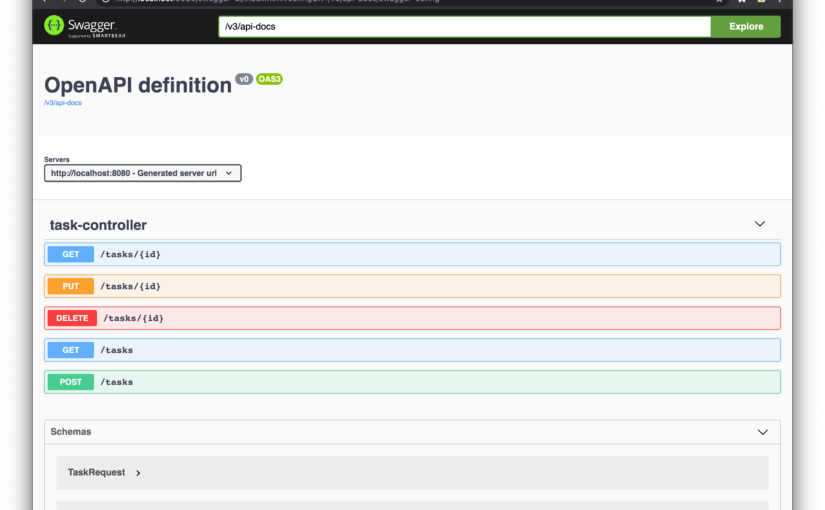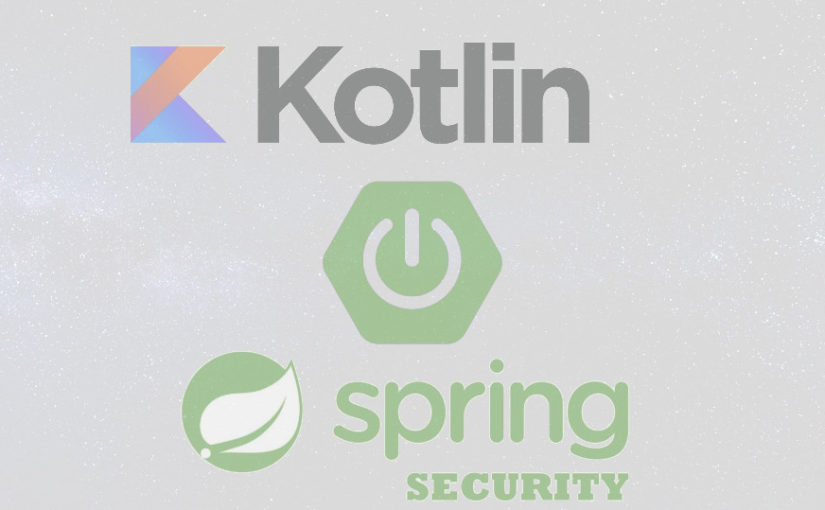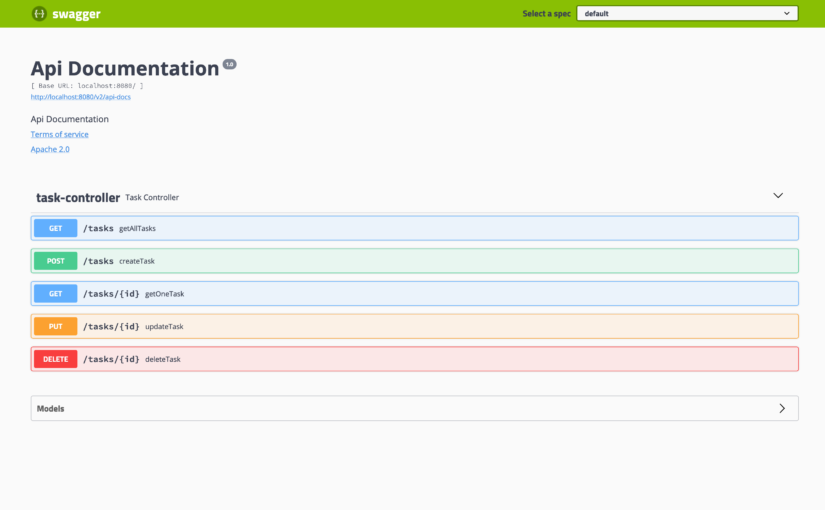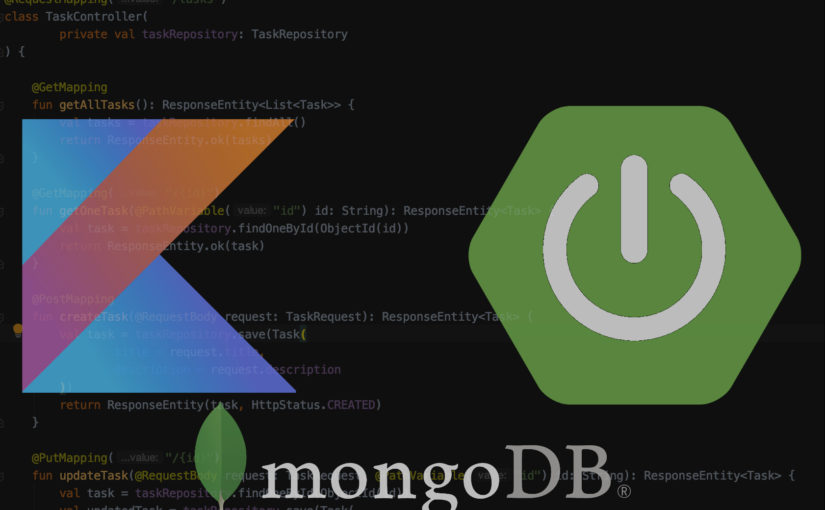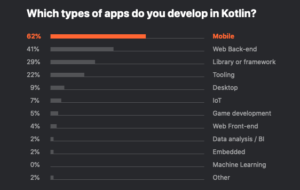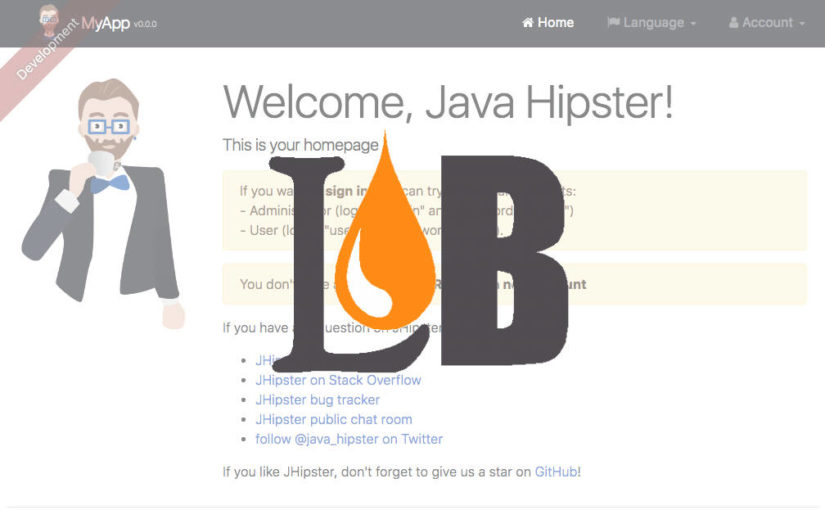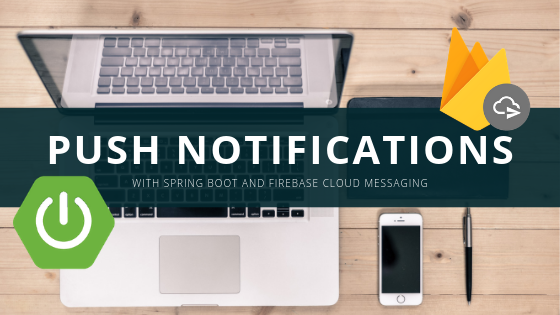Looking for the OpenAPI 3 compliant documentation for your Spring Boot-based project REST API?
As you know, there are many ways to achieve it (e.g. using the Springfox library). But which solution will be both integrated with the Spring ecosystem and OpenAPI 3 compliant?
Fortunately, the answer is springdoc-openapi. It’s the library that generates documentation almost automatically, without even providing configuration and thousands of cluttering annotations.
In this text, I’m going to show you how you can integrate your Spring Boot project with the springdoc-openapi library to generate nice API documentation which will be compatible with the OpenAPI 3 standard.
Continue reading OpenAPI 3 documentation for your Spring REST API with springdoc-openapi
